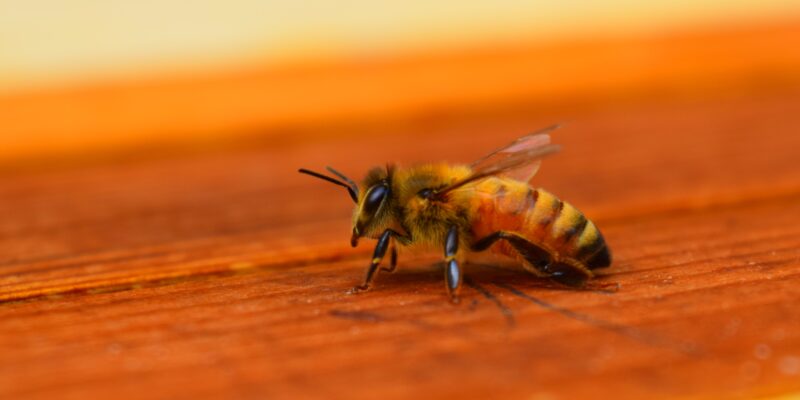In the intricate tapestry of our global ecosystem, bees play a pivotal role as pollinators, sustaining the cycle of life for a multitude of plants and crops. However, beyond their crucial ecological function, bees are a subject of fascination due to their immense diversity and adaptability. With over 20,000 species scattered across continents, each bee species embroiders a unique thread in the environmental fabric, showcasing nature’s complexity and resilience.
The Harmony of Diversity
Bees, belonging to the superfamily Apoidea, are as varied as the flowers they pollinate. From the bustling hives of honeybees to the solitary burrows of ground bees, each species has evolved distinct traits and behaviours to thrive in their habitats. This diversity is not just a marvel of nature but a testament to the adaptability and survival strategies of bees in facing challenges and changes in their environments.
Honeybees: The Familiar Pollinators
When we think of bees, the image that often comes to mind is that of the honeybee (Apis mellifera). Renowned for their honey production and societal structure, honeybees represent only a fraction of the bee diversity. Their complex social system, involving a queen, workers, and drones, is a marvel of natural engineering and cooperation.
Bumblebees: The Gentle Giants
Bumblebees, with their robust bodies and gentle buzz, are among the most recognisable bee species. Known for their effective pollination, especially of crops like tomatoes, bumblebees have a unique buzz pollination technique that dislodges pollen more efficiently. Their social structure is smaller in scale compared to honeybees, but no less fascinating.
Solitary Bees: The Unsung Heroes
The majority of bee species lead solitary lives, a stark contrast to their social counterparts. Mason bees, carpenter bees, and leafcutter bees, among others, are solitary workers, each female building and provisioning her own nest. These bees are incredibly efficient pollinators, often overlooked yet vital to the pollination process.
The Challenges Bees Face
Despite their importance, bees face numerous threats from habitat loss, pesticide use, diseases, and climate change. These challenges have led to a decline in bee populations worldwide, sounding an alarm for the need to protect them and their habitats.
In instances where bees become a hazard, especially in urban areas, the approach to their removal needs to be both effective and ethical. For safe and responsible bee removal, consulting a professional bee exterminator is crucial, ensuring that these vital pollinators can be relocated to a suitable environment where they can continue their essential work.
A Call to Action
The diversity of bee species around the world is a wonder that enriches our ecosystems, agriculture, and lives. Protecting this diversity means not only appreciating the beauty and complexity of bees but also taking action to ensure their survival and prosperity. By supporting sustainable practices, promoting habitat conservation, and advocating for responsible pest control, we can help safeguard the future of bees and, by extension, our own.
As we delve deeper into understanding the intricate world of bees, let us commit to protecting these remarkable creatures and the critical role they play in our world. The diversity of bee species is a treasure trove of ecological balance, beauty, and productivity that we must strive to preserve for generations to come.


















Comments